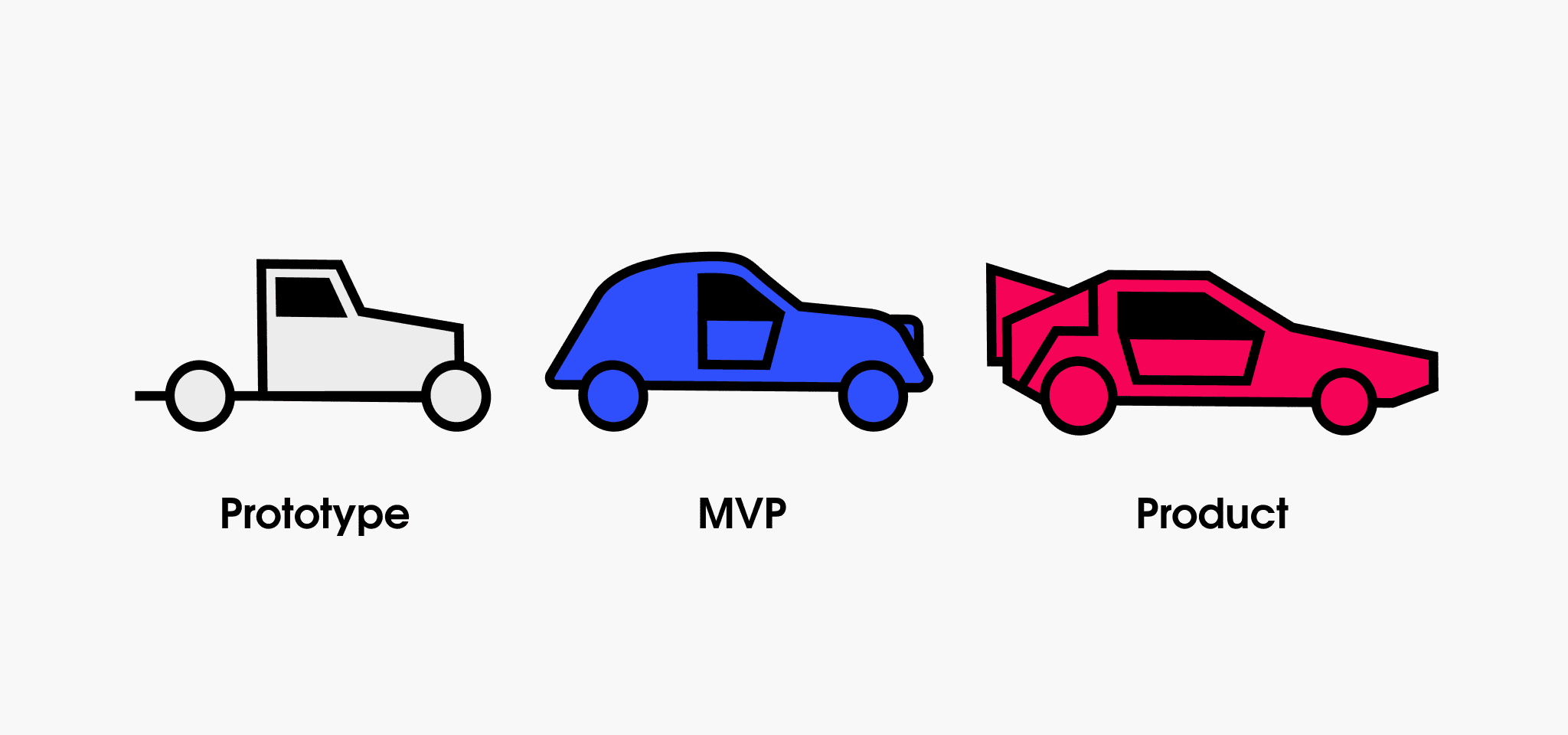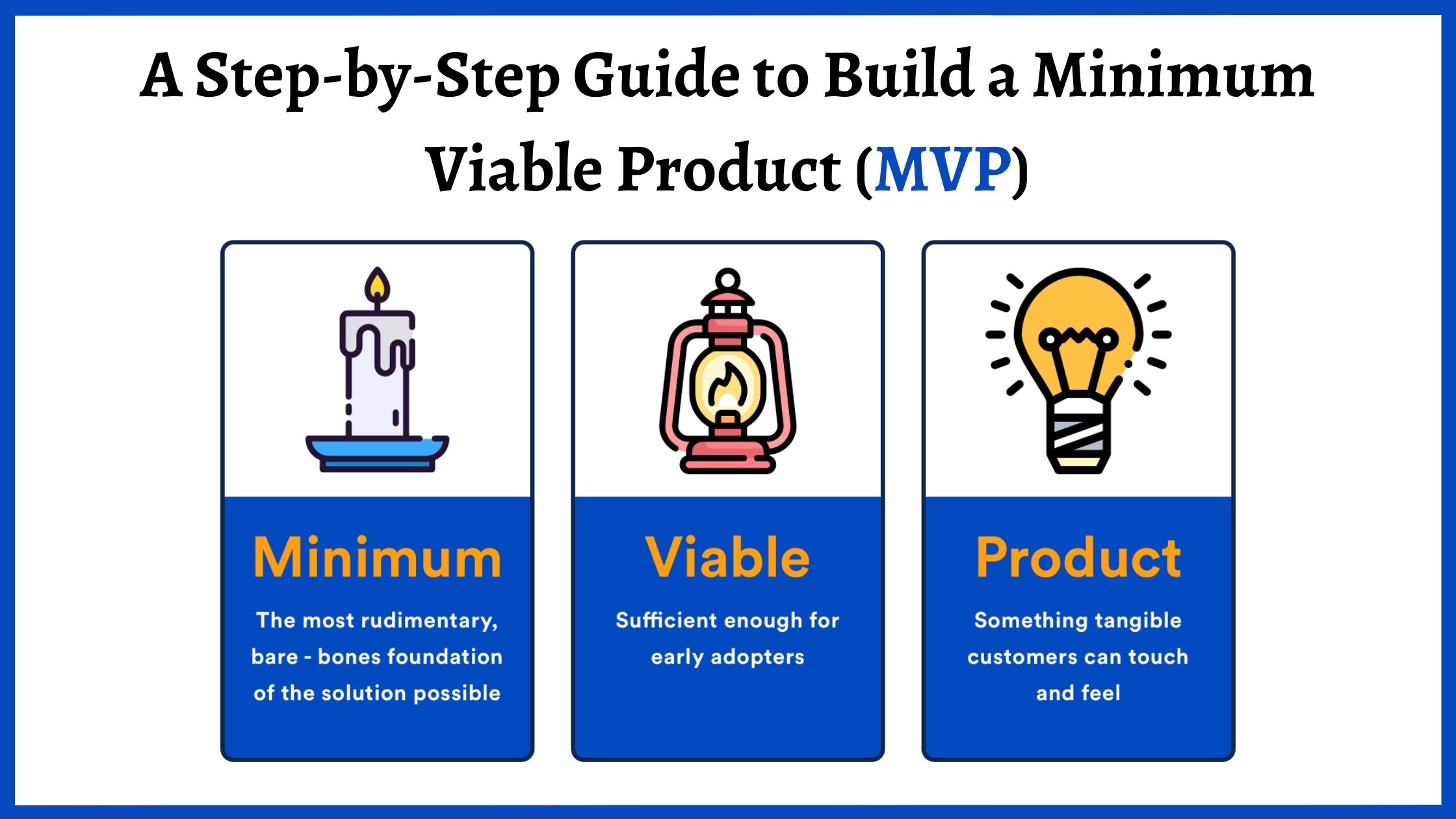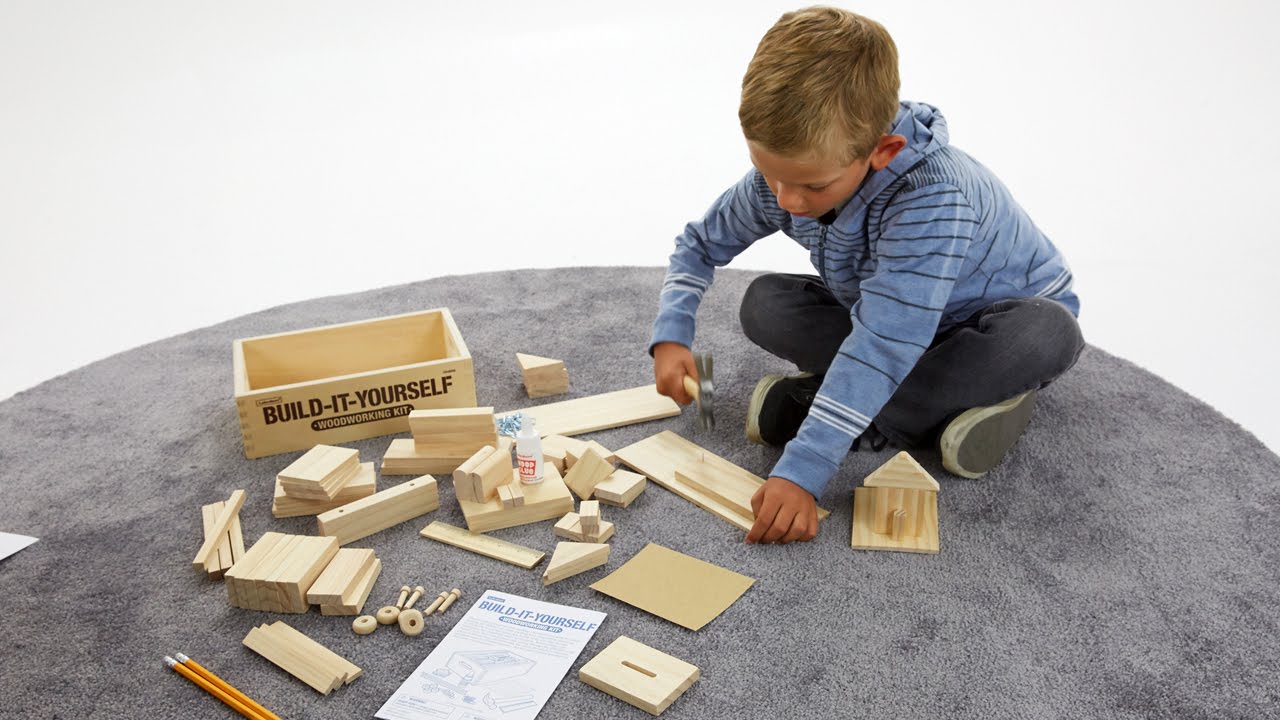SaaS Product Development: Navigating the Complex Landscape of Digital Innovation
Discover comprehensive strategies for building successful SaaS products, from ideation to market penetration. Learn proven techniques, avoid common pitfalls, and accelerate your startup's growth trajectory.

Introduction: The SaaS Revolution Begins Here
Buckle up, tech enthusiasts and aspiring entrepreneurs! The Software as a Service (SaaS) landscape is evolving at breakneck speed, and if you're not riding the wave, you're likely getting swept under. In this comprehensive guide, we'll dive deep into the intricate world of SaaS product development, unpacking strategies that transform raw ideas into game-changing digital solutions.
Why SaaS Matters More Than Ever
Before we jump into the nitty-gritty, let's address the elephant in the room: Why should you care about SaaS product development?
Quick Answer: Because the digital transformation train is moving, and missing it could mean leaving millions of dollars on the table.
Understanding the SaaS Ecosystem: More Than Just Code
The Fundamental Pillars of SaaS Success
Imagine building a skyscraper without a solid foundation - impossible, right? Similarly, SaaS success hinges on understanding these critical elements:
-
Market Validation
- Identifying genuine user pain points
- Analyzing competitive landscapes
- Quantifying potential market size
-
Technical Architecture
- Scalable infrastructure
- Security frameworks
- Performance optimization
-
User Experience Design
- Intuitive interfaces
- Seamless user journeys
- Accessibility considerations
Ideation: From Napkin Sketch to Digital Masterpiece
The Art of Problem-Solution Mapping
Pro Tip: Great SaaS products don't just solve problems; they anticipate needs before users realize them.
Techniques for Breakthrough Ideation
- Mind mapping
- Design thinking workshops
- Customer interview frameworks
- Competitive landscape analysis
Product Strategy: Your Roadmap to Digital Domination
Developing a Robust Go-to-Market Strategy
Strategic Positioning Matrix:
| Dimension | Description | Key Considerations |
|---|---|---|
| Target Market | Ideal customer profile | Demographics, psychographics |
| Value Proposition | Unique selling points | Differentiation, pain point resolution |
| Pricing Model | Revenue generation approach | Subscription tiers, freemium options |
| Distribution Channels | Customer acquisition paths | Direct sales, partner networks |
Technology Stack Selection: Choosing Your Digital Arsenal
Navigating the Complex World of Tech Frameworks
Selecting the right technology stack isn't just technical - it's strategic. Consider:
- Scalability potential
- Developer ecosystem
- Long-term maintenance costs
- Integration capabilities
User Experience: The Make-or-Break Factor
Designing Experiences, Not Just Interfaces
UX Design Principles:
- Simplicity is sophistication
- Consistency breeds familiarity
- Anticipate user needs
- Minimize cognitive load
Monetization Strategies: Turning Innovation into Revenue
Beyond Basic Subscription Models
Explore innovative monetization approaches:
- Tiered pricing structures
- Usage-based billing
- Add-on service opportunities
- Enterprise licensing models
Growth Hacking: Accelerating User Acquisition
Strategies for Explosive Digital Growth
- Content marketing
- Referral programs
- Strategic partnerships
- Performance marketing techniques
Risk Mitigation: Protecting Your Digital Venture
Navigating Potential Landmines
Key Risk Management Strategies:
- Robust security protocols
- Comprehensive compliance frameworks
- Continuous monitoring systems
- Rapid response mechanisms
Scaling Challenges: From Startup to Industry Disruptor
Managing Hypergrowth Without Losing Your Soul
Scaling isn't just about adding more servers or hiring more developers. It's about:
- Maintaining product quality
- Preserving company culture
- Continuous innovation
- Adaptive organizational structures
Frequently Asked Questions
Q: How long does SaaS product development typically take? A: 6-12 months for an initial MVP, with continuous iteration based on market feedback.
Q: What's the average cost of developing a SaaS product? A: Ranges from $50,000 to $250,000, depending on complexity and feature set.
Q: How do I validate my SaaS idea? A: Conduct market research, create prototypes, and gather early user feedback through landing pages and minimal viable products.
Q: What are the most common SaaS development mistakes? A: Overengineering, neglecting user feedback, poor market validation, and inadequate security measures.
Q: How important is mobile compatibility? A: Crucial - aim for responsive design that provides seamless experiences across devices.
Q: When should I start monetizing? A: After achieving product-market fit and demonstrating clear user value.
Conclusion: Your Digital Journey Starts Now
Building a successful SaaS product isn't a sprint; it's a marathon of continuous learning, adaptation, and relentless innovation. Armed with these strategies, you're not just developing a product - you're crafting a digital experience that could reshape entire industries.
Remember: Every tech giant started as a bold idea in someone's mind. Your turn to turn potential into reality.




